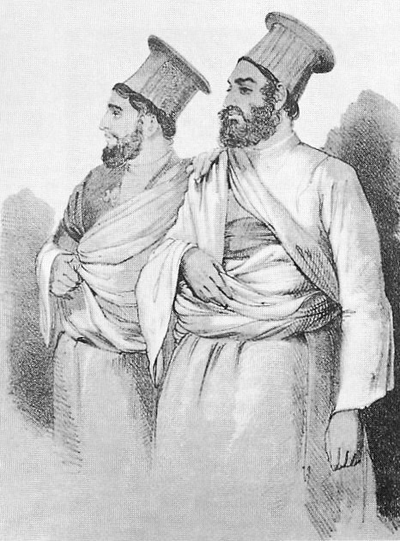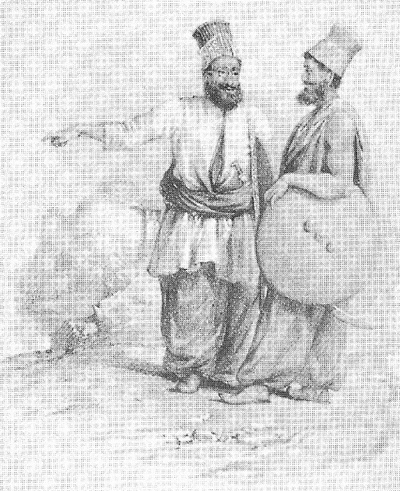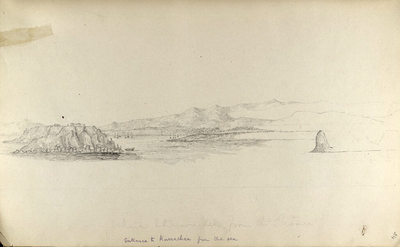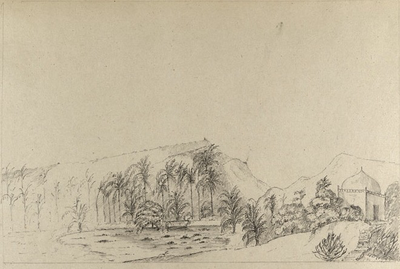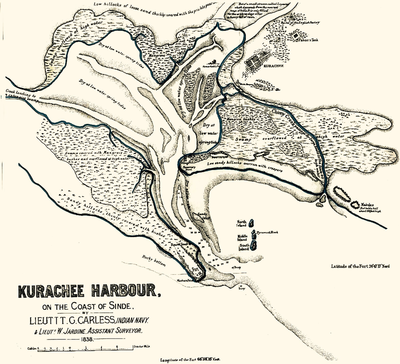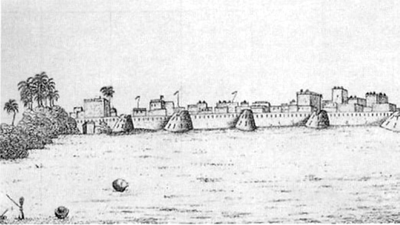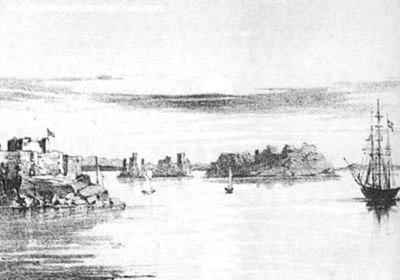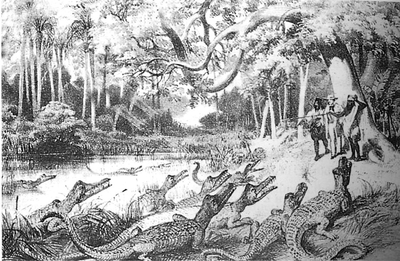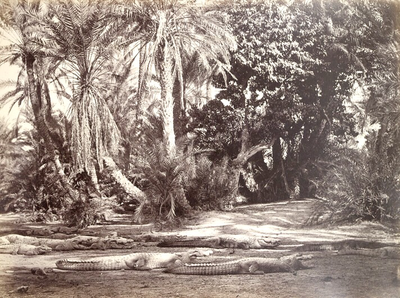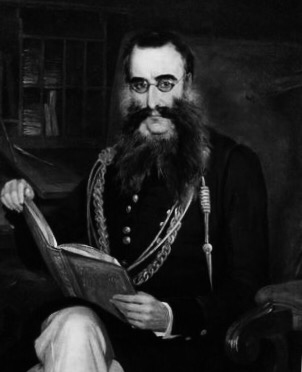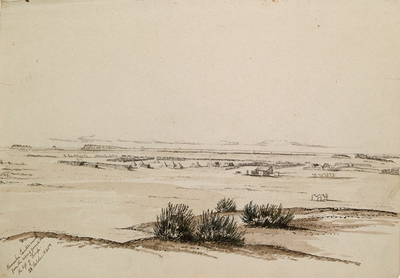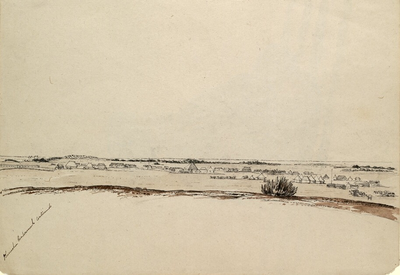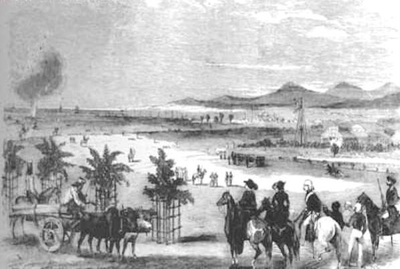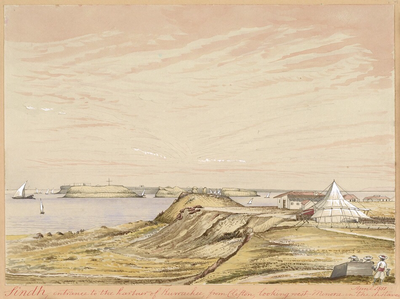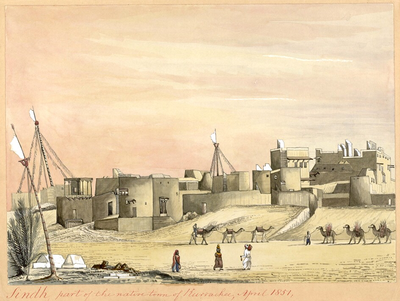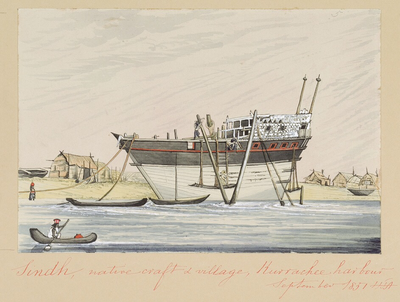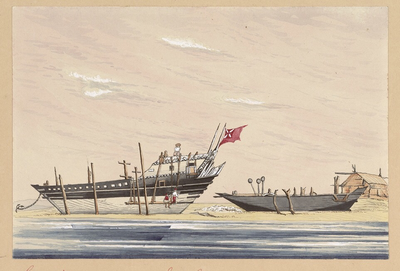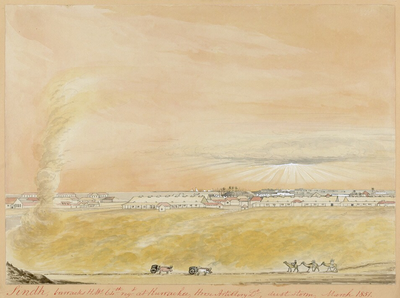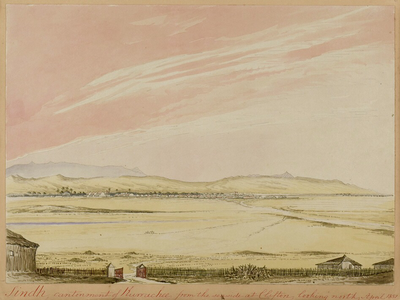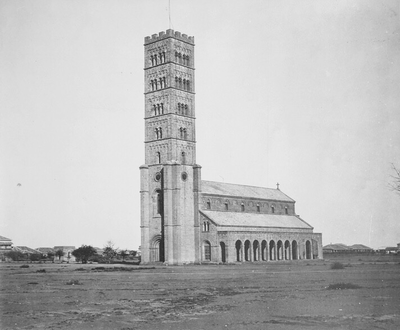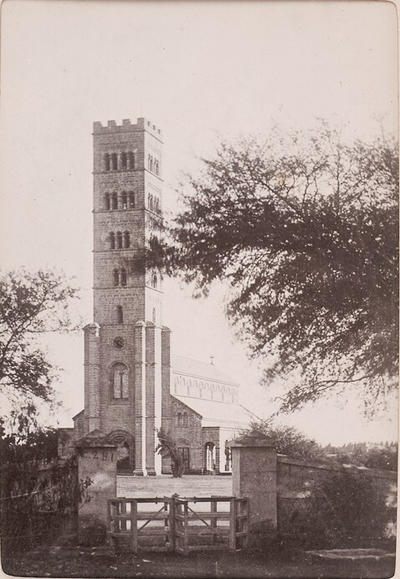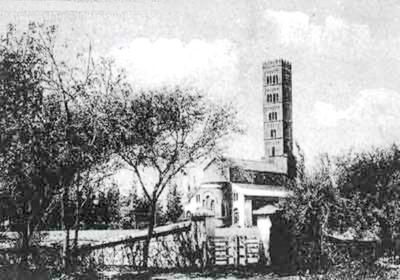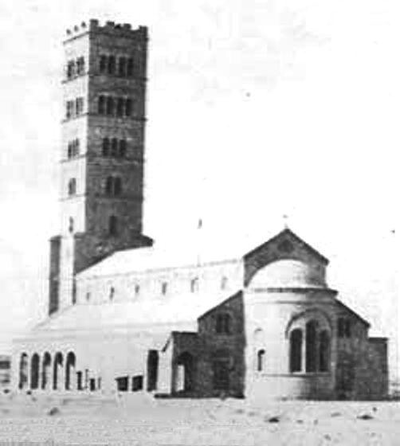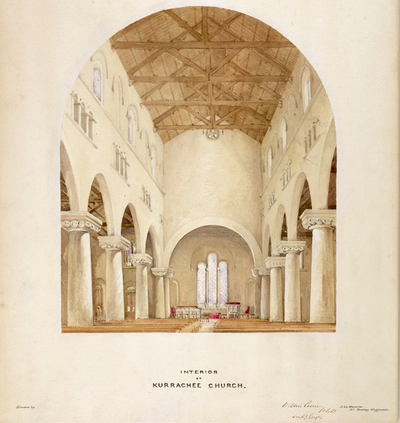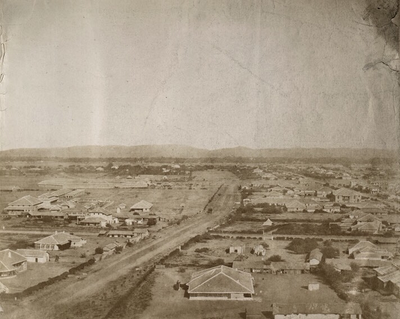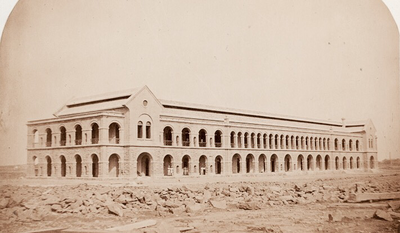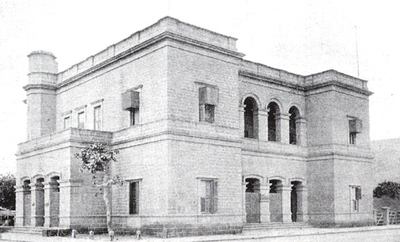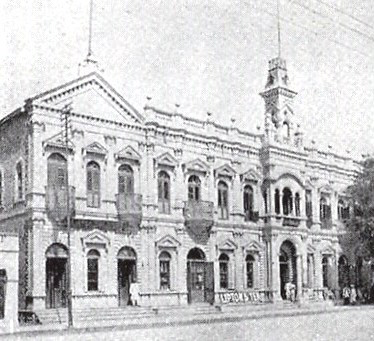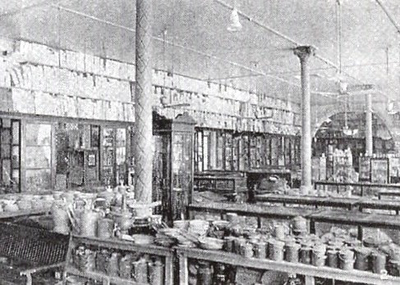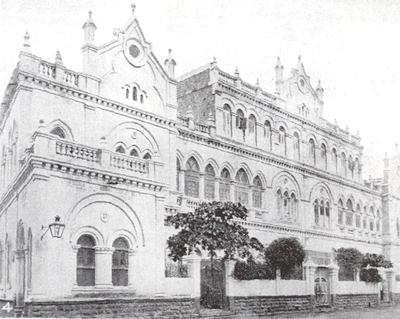THE EARLY SETTLEMENT
The earliest account of the area where Karachi is located can be found in the record books of one of Alexander-the-Great's admirals, who sailed back home from the Greek expedition to India, from a harbor by the Indus delta, known as Krokola. According to widely held belief though, the city of Karachi started its life as a small fishing settlement by the Indus Delta known as Kolachi-jo-Kun (the ditch of Kolachi), named after an old fisherwoman, Mai Kolachee who took up settlement here.
In time, the settlement grew into a small fishing village and came to be known as Kolachi-jo-Goth or, the village of Kolachee. This small fishing village gradually started trading activities by sea with Muscat and Bahrain.
Originally under the rule of the Kalhora rulers of Sindh, it was taken under the control of the Khan of Kalat as compensation for a family death, and was transformed into a small trading post. In 1795 however, the Talpur rulers of Sindh overthrew the Kalhoras and took back the control of the village. The Talpura Amirs erected a small fort near the village, which had some cannons brought in from Muscat. The fort had two doorways: one facing the sea known as Khaara Darwaaza (Brackish gate) and the other facing the Lyari river known as Meetha Darwaaza (Sweet gate).
THE EARLY CANTONMENT
|
On February 1st, 1839, a British ship, the Wellesley, anchored off the island of Manora. By 3rd February, the fort at Kolachi had surrendered without firing a single shot and this small fishing village crossed a turning point in its life. Three years later in 1843, upon the annexation of Sindh into the British empire, the regional capital was transferred from Hyderabad to Karachi by Charles Napier, the first governor of Sindh. The British made the town an Army Headquarters and military cantonments were established outside the town limits. A municipal committee was formed to provide basic facilities and municipal limits were expanded to 74 square miles to allow for expansion, even though the town occupied only 4 square miles. Napier also started a water supply to the town from the Malir river and established a basic police and judicial system.
|
|
|
"Trinity churches were built by the Trinity Board along the coast of England from the mouth of the Thames to Portsmouth as well as in British India. The churches served as lighthouses by having beacons installed on their towers, in return for which they were provided with funds. Trinity Church, constructed between 1852 and 1855, was the first major church in Karachi. It was designed by Captain John Hill of the Bombay Engineers. Its square tower rose to about 250 ft and so made a suitable lighthouse and landmark for vessels approaching Karachi harbour. In 1905 when the foundations showed signs of weakness, the tower's upper portion was reduced and it is now 110 ft tall."
Courtesy: British library, www.bl.uk |
TOWARDS BECOMING A PORT CITY
The British recognized the importance of this natural harbor by the Indus and started developing the fishing village as a principal port for the Indus River basin. In 1843, a river steamer service was introduced linking Karachi with the city of Multan, 500 miles upstream on the Indus. The population of the city started rising rapidly and by the 1850's, Karachi had become an established city with a population of about 14,000 and prosperous overseas trade.
Karachi was endowed with a natural harbour, fair weather and plenty of space. It had the potential to become a great metropolis and held lots of prospects for those who could take their chances. Soon, moneyed people from Bombay, Goa, Kuchh and other parts of the subcontinent started migrating to the city to undertake various occupations. The town's population started rising rapidly which is evidenced by the fact that the municipality's income rose from Rs. 6,000 in 1848, to Rs. 27,000 by 1850 in just two years. In 1854, substantial development of the Karachi Port was undertaken with the dredging of the main channel, and the construction of a mole (or causeway) which joined the main harbor with the rest of the city.
Karachi was endowed with a natural harbour, fair weather and plenty of space. It had the potential to become a great metropolis and held lots of prospects for those who could take their chances. Soon, moneyed people from Bombay, Goa, Kuchh and other parts of the subcontinent started migrating to the city to undertake various occupations. The town's population started rising rapidly which is evidenced by the fact that the municipality's income rose from Rs. 6,000 in 1848, to Rs. 27,000 by 1850 in just two years. In 1854, substantial development of the Karachi Port was undertaken with the dredging of the main channel, and the construction of a mole (or causeway) which joined the main harbor with the rest of the city.
The first few businesses that set up in Karachi were done by risk takers as in the early days, Karachi was still an outpost in the middle of the desert and away from the big urban centers like Bombay. It lacked many support facilities and an established clientele as was available in other big cities. A post in Karachi was not something that was looked upon as exciting. It was still very much a frontier town. Nevertheless, the first few businessmen who did take the risk of setting up shop in this new city were not disappointed with their decision further ahead in time, as they were able to secure a good place in the city that was yet to be.
